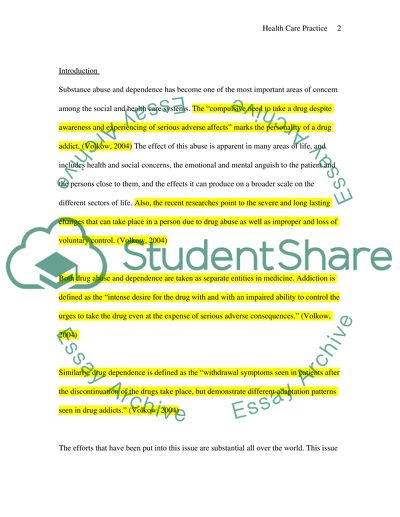Cite this document
(“Substance Abuse and Dependence Essay Example | Topics and Well Written Essays - 2500 words”, n.d.)
Retrieved from https://studentshare.org/health-sciences-medicine/1518387-substance-abuse-and-dependence
Retrieved from https://studentshare.org/health-sciences-medicine/1518387-substance-abuse-and-dependence
(Substance Abuse and Dependence Essay Example | Topics and Well Written Essays - 2500 Words)
https://studentshare.org/health-sciences-medicine/1518387-substance-abuse-and-dependence.
https://studentshare.org/health-sciences-medicine/1518387-substance-abuse-and-dependence.
“Substance Abuse and Dependence Essay Example | Topics and Well Written Essays - 2500 Words”, n.d. https://studentshare.org/health-sciences-medicine/1518387-substance-abuse-and-dependence.


